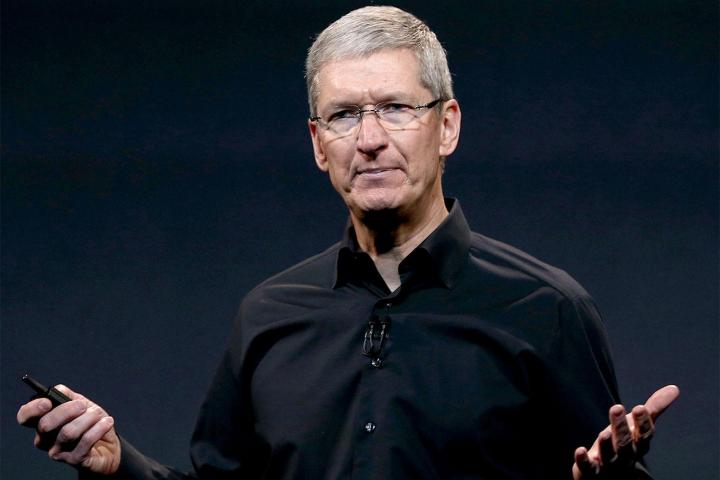
Cook made plain his displeasure with the government in a public email to employees requesting “the government to withdraw its demands.” In the email titled, “Thank you for your support” Cook noted that he sincerely believes the best solution is a proactive one, and that the U.S. government should create a commission to further discuss and reckon with the issue between law enforcement’s access to technology and American civil liberties:
“Our country has always been strongest when we come together. We feel the best way forward would be for the government to withdraw its demands under the All Writs Act and, as some in Congress have proposed, form a commission or other panel of experts on intelligence, technology and civil liberties to discuss the implications for law enforcement, national security, privacy and personal freedoms. Apple would gladly participate in such an effort.”
Apple also launched a new webpage explaining the entire issue, including an FAQ. Apple clarifies that it will not willingly create anything for the FBI akin to a “master key” that can be used to access any iPhone, even if it’s only used on a single device, as it will likely never remain safe.
“The only way to guarantee that such a powerful tool isn’t abused and doesn’t fall into the wrong hands is to never create it.”
Apple says, “we’ve handed over all the data we have, including a backup of the iPhone in question. But now they have asked us for information we simply do not have.” This is just the beginning. The FBI and Justice Department continue to press Apple to enable the FBI direct access of some kind to Farook’s iPhone.
Meanwhile, families who lost loved ones in San Bernardino are finally speaking out regarding the battle of encryption between Apple and the FBI. Reuters reported that they filed a legal brief by early March in support of the FBI’s effort to force Apple to unlock Farook’s iPhone.
The group’s attorney, Stephen Larson, said the victims “were targeted by terrorists, and they need to know why, how this could happen.”
It’s very possible this support could prove to be a strong ally for the federal government, who is likely to push this fight to the Supreme Court if it has to. Larson, who used to be a federal judge, is representing the case for free.
However, not all victims of the San Bernardino terrorist attack are in support of the FBI. Carole Adams, who tragically lost her son, Robert Adams, at the hands of Syed Rizwan Farook and his wife is in full support of Apple.
“This is what separates us from communism, isn’t it? The fact we have the right to privacy,” Adams said in an interview with the New York Post on Feb 18. “I think Apple is definitely within their rights to protect the privacy of all Americans.”
She continued, “This is what makes America great to begin with, that we abide by a constitution that gives us the right of privacy, the right to bear arms, and the right to vote.”
Adams made it clear that getting into Farook’s iPhone is important, but she thinks it needs to be done without putting others at risk.


